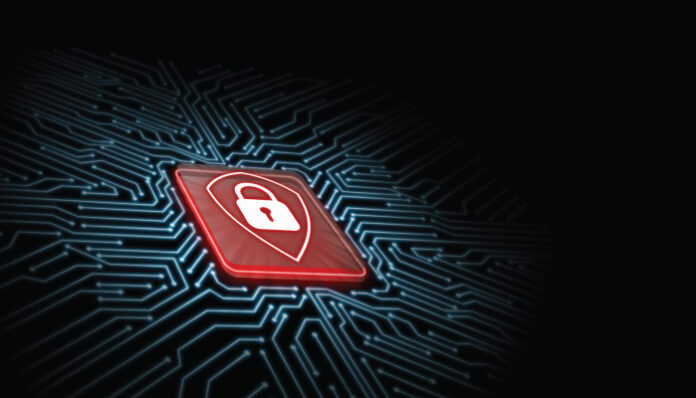The trend is concerning – supply-chain attacks are increasing, hacking is on the rise, companies are paying huge ransoms, and there doesn’t seem to be any end in sight. In a threat landscape that is constantly evolving, organizations must put into place effective strategies to thwart threat actors.
The attacks on SolarWinds and Colonial Pipeline are among the most well-known cybercrimes of recent years because of the widespread, destructive, long-lasting effects of those breaches. It’s a dire situation, and it’s only getting worse. New risks are introduced by remote employees connecting to company networks via personal devices and unsecured remote networks.
Businesses need to reconsider their approach to data security and hone their defenses against unintentional errors and increasingly sophisticated attacks.
There are several strategies that companies can adopt to build a strong foundation for protecting their business.
Stringent Authentication Process
Even the world’s most secure networks are susceptible to human error. Although rigorous education can aid in instilling user best practices, it is insufficient. Restricting access to only those who truly need it is the best method to protect networks and data. Adopting a zero-trust strategy that restricts access to IT systems and services to only authenticated, regularly verified users could significantly reduce the threats.
Also Read: Four Roadblocks to Employing Password Less Authentication
Multifactor authentication plays an essential role here. Users should be required to authenticate in at least two ways, such as using a PIN, biometrics, physical token, or trusted devices, especially in light of the large number of employees who work remotely or on mobile devices with insufficient security. Making the authentication process stringent makes it more difficult for threat actors to get past the defenses.
Plan for the Worst-case Scenario
Despite all safeguards, a breach could very well happen at some point; thus, companies need to be ready for it. Paying the ransom does not ensure that files will be returned and does not offer protection from future attacks.
Even a backup won’t help. A modern backup system might keep their data safe, but it will hurt the business. The recovery process, not the backup, is the issue. Recovery is simple at the level of a single process or application since files are simply copied back to the original location or, if necessary, a new location. Recovery from backups is practical at this scale. However, the process takes longer if there are more files to recover.
Continuous Versioning
A method of file-system versioning that restores files to an earlier, uncorrupted state is widely utilized across platforms. Sadly, these systems often only offer a limited number of versions that may only go back a few days. Typically, this is insufficient for proper ransomware recovery. Before launching an attack, sophisticated malware can remain unnoticed for weeks or longer.
The answer is a continuous versioning file system that uses the enormous scalability and redundancy of the cloud. Even in massively scaled-out environments, this can offer endless versions for recovery at any given moment. These capabilities can be expanded globally, allowing a business to quickly restore its data via global file synchronization.
Also Read: Tips for CIOs to Safeguard Businesses from Cyber Attacks
If a threat successfully breaches one data store, access to others will allow operations to proceed with little to no hiccup. After restoration, the impact on the data environment is negligible because these reserve copies of data are often just minutes old.
The Need for More Effective Strategies
For achieving quick, complete recoveries from ransomware and other attacks with the least disruption, enterprises should think about replacing legacy data protection policies with modern solutions. There are no longer any justifications for an outage that lasts for days or more; organizations of all sizes should be able to recover within minutes or hours following an attack. If it shows otherwise, the data protection solutions provider is using outdated technology that was not created for the cloud era.
Although effective defense strategies for prevention and protection are essential, they are simply one component of a sound overall plan. No defense is impenetrable. Threat actors are going to get in. Once there is a breach, the floodgates are wide open, and the damage is done. Businesses must have a quick, reliable recovery strategy in place. Cyber-attacks will keep happening. They will advance in sophistication. Companies must follow suit or risk becoming easy pickings for the increasing number of threat actors.
For more such updates follow us on Google News ITsecuritywire News









